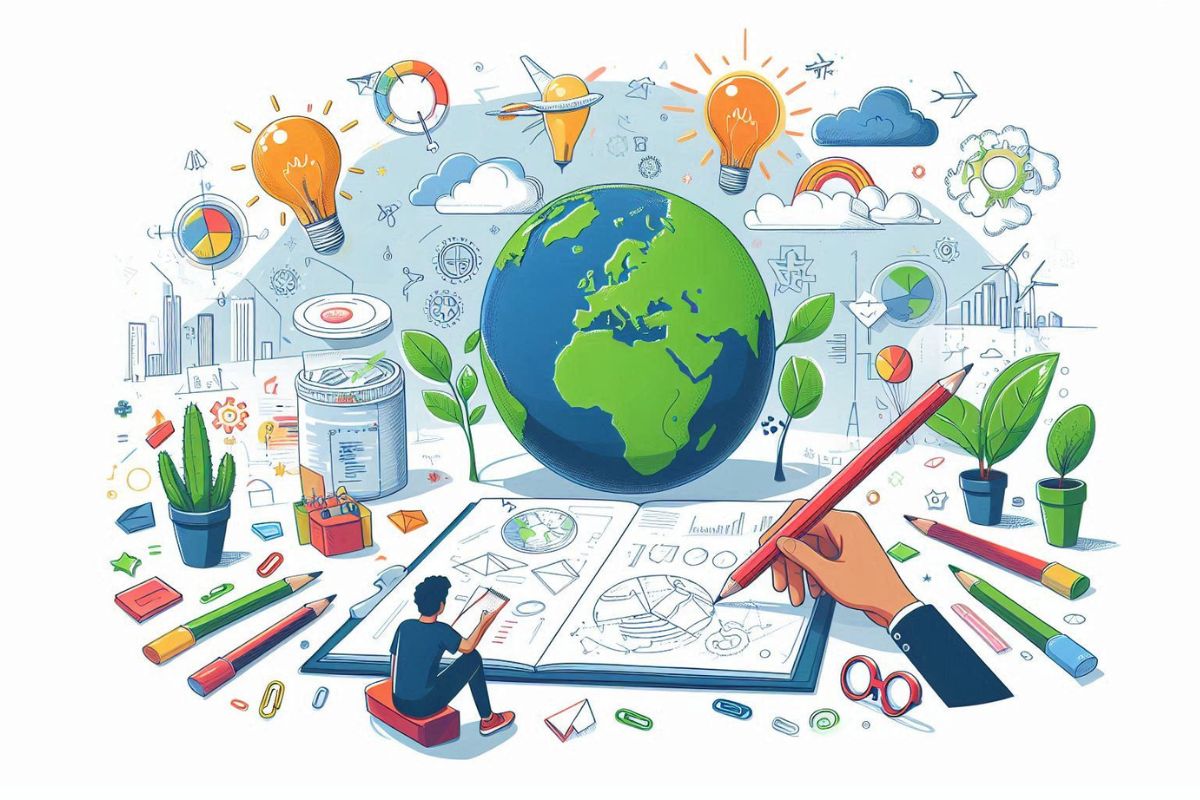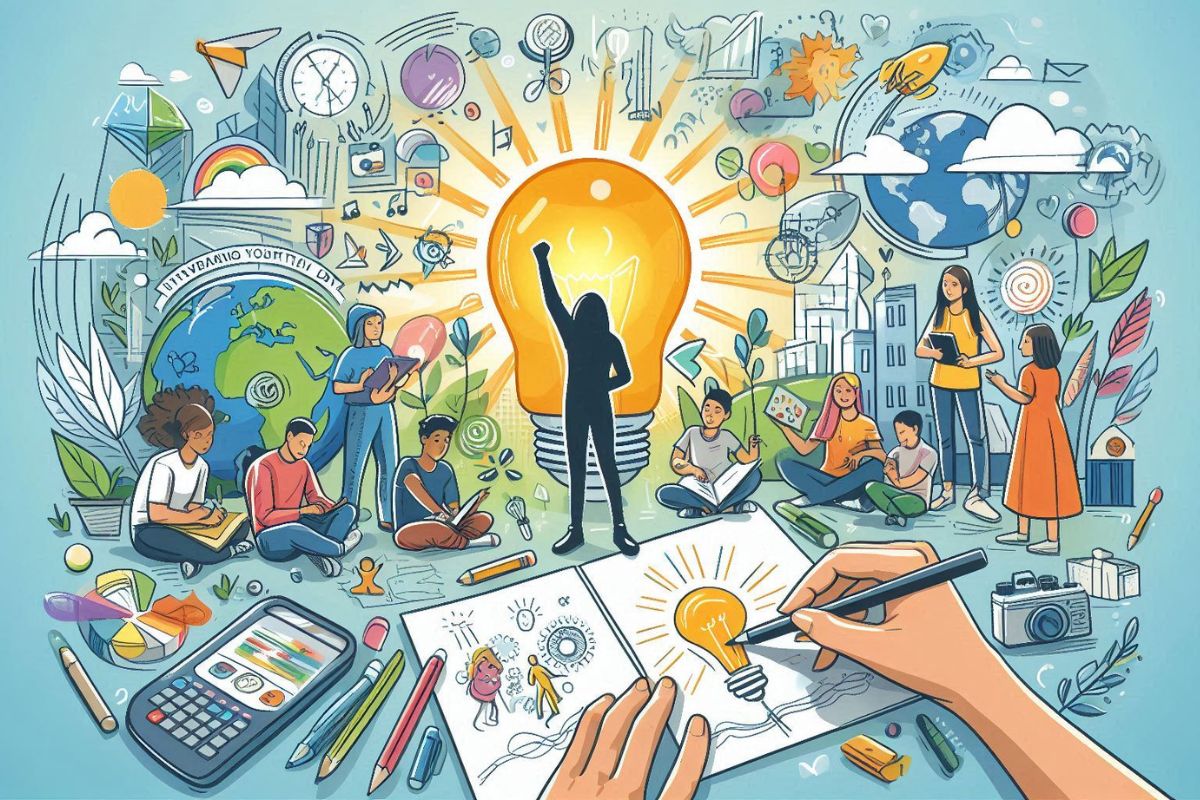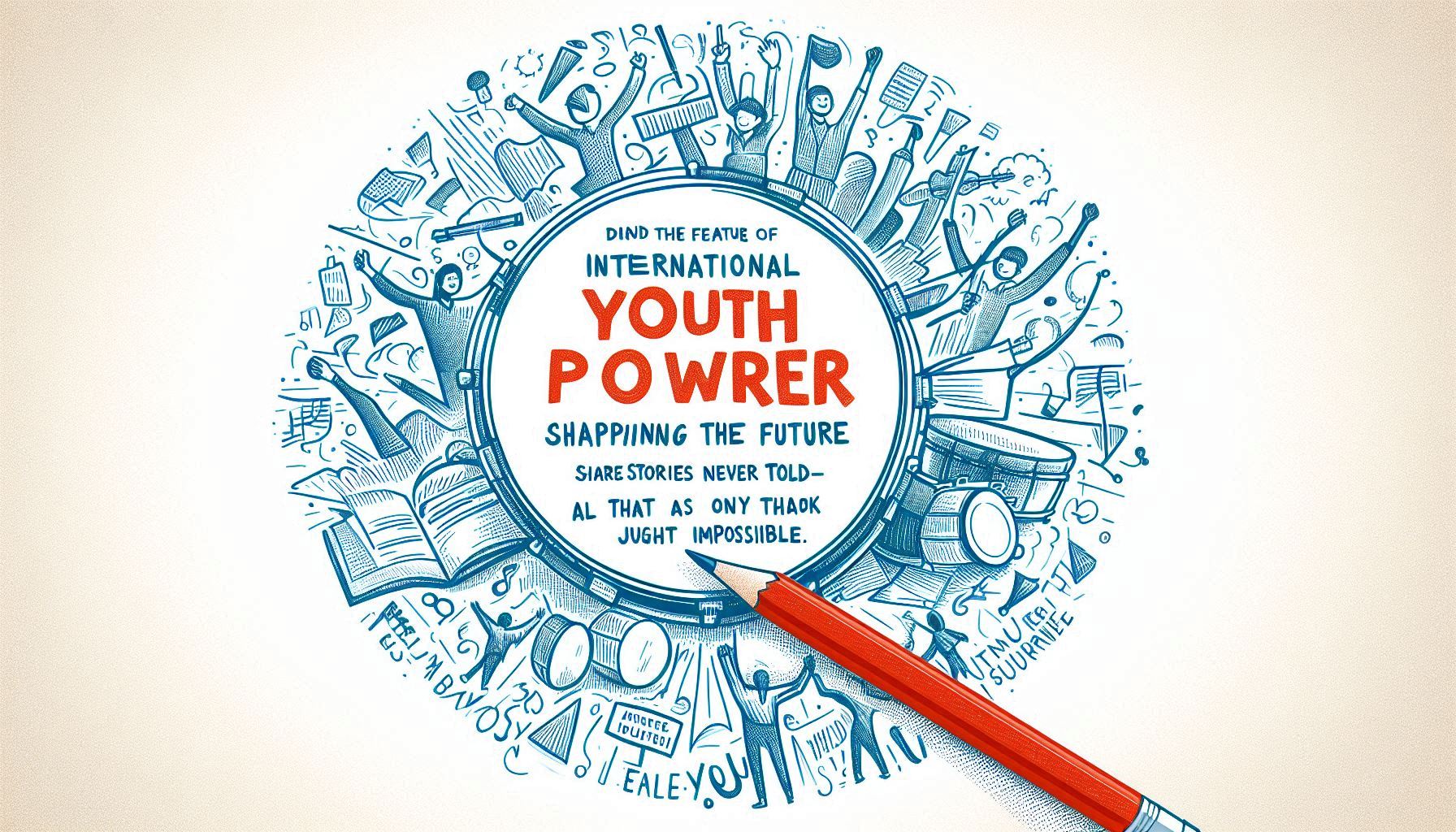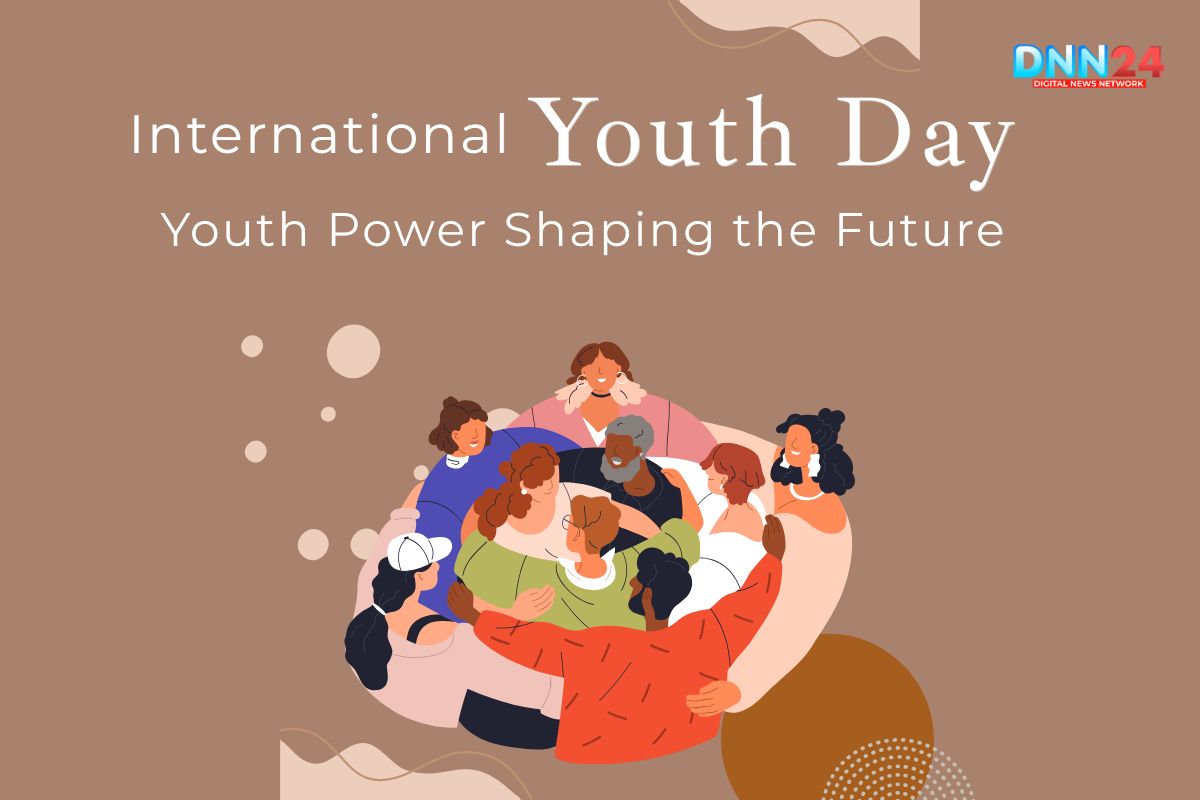International Youth Day, celebrated worldwide every August 12, isn’t just a date circled on the UN’s calendar, it’s a revolution splashed in bold colours and young voices. Born from one dream in Vienna in 1991, when young people demanded a world with more hope and less apathy, it became official in 1999, with the United Nations embracing August 12 as International Youth Day. And now on this giant of a 2025 version, its meaning floods like the monsoons over Mumbai, screaming a message across oceans: that young people are no longer just heirs of the earth,they are builders, engineers, wild dreamers, building the future.
There is an added spark to this year: it marks the 30th anniversary of the World Programme of Action for Youth, 30 years of carving out policies to ensure young minds can excel. It is not a celebratory day but an empowerment day. It is a roar of action, time to react against youth unemployment, climate anxiety, the digital divide, and to have the voice of all those unsung heroes who make adversity their opportunity. According to Nelson Mandela, the future of young people is the leaders of the future. Never does that ring truer than today, in the digital bazaar of ideas that is International Youth Day 2025.
The Local Youth Actions to the SDGs and Beyond
“Local Youth Actions for the SDGs and Beyond”, that’s the drumbeat behind International Youth Day 2025. What is that then? And imagine, thousands of pinpoints of change, each a project, a startup, a poetry slam, a clean-up drive, a protest, a village or a city, a channel or a stream, all part of a global river of progress. The Sustainable Development Goals (SDGs), those 17 ambitious promises, must not remain abstract headlines. This year’s torch is carried to the younger generation who convert those high ideals into local wonders.

It has to do with glocalisation, filling the gap between the broad international perspectives and the actual life on the ground. Recent studies indicate that more than 65 per cent of SDG targets are local action-dependent. It is not only their recognition as recipients, but the youth are being seen as trailblazers and innovators whose creativity redefines challenges as opportunities. Local governments, universities, and civil society should invest in youth-led projects to cut through red tape and provide resources where change can grow most robustly.
The Soul of International Youth Day
There is a world of stories behind each hashtag and summit schedule, stories that are hardly whispered. Similar to Abhi Kurniawan in Indonesia, who gazed on the traffic jam of Jakarta and fantasised a walking movement, whereby the city streets became the rivers of energy, each step monitored and rewarded, local shopkeepers prospered as people walked past them, and carbon emissions dripped down. Or recall the thunderous Fridays that Greta Thunberg led millions of students on climate strikes, not only in Stockholm or London, but in Nagpur, Nairobi and in little-known towns you have never heard of on a map.
In India, 21-year-old Sunaina Mishra from Odisha hijacked what began as a WhatsApp group formed during the pandemic into a programme that teaches rural girls to code. Her viral digital story was the basis of an organisation of self-taught women app developers. We felt that we did not have a voice. But a smartphone, a signal, and a bit of courage, now we are not invisible, says Sunaina. Her words are like wildfire, which brings hope.

In the meantime, in Nigeria, the “I Am The Impact” campaign, initiated in 2025, placed 1,200 young people at the centre of the battle against diseases such as HIV and malaria. Rather than passive aid beneficiaries, these youth led fundraising and policy advocacy, radio shows, and medical care delivery into remote hamlets, rescripting what it means to be young and empowered.
Youth-driven Movements and Campaigns: From Start-ups to Social Storms
Read the headlines from Delhi to Dublin, and you will be carried away by the tales of brave young change-makers rattling the foundations of fossilised systems. Teenpreneurs have emerged because of the technology boom in India. Deepak Sharma started a green AI company in Bangalore at the age of 19, which helps farmers convert paddy waste into clean fuel. It is not the big companies that we are waiting to bail us out. He says we should build and march it with the fervour of politics and the absurdity of a hackathon.

The climate strikes are both global and local: Xiye Bastida, a climate activist, says, “The planet is suffering, and we do not have the time anymore. We are teenagers and we are bringing words, science and a new way of looking at things, it is a way that cannot be ignored anymore.” Fridays for the Future, mobility initiatives by the Youth for Road Safety, eco-hackathons at universities, and mental health fundraisers worldwide are just mosaic tiles in a bigger picture of youth-led advancement.
Voices From the Ground: What Young People are Saying About Their Future
Ask today’s youth what they envision when they colour in the future; the answer is personal, uncut and grounded. This insistence of Greta Thunberg is unstoppable- We don’t want these things to be done in 2050 or 2030 or even 2021, we want this to be done now. We shall not fight in vain: We shall not give up without a struggle”–breaks the legend of youthful innocence. And the house is burning down. Your silence is like gasoline to the fire hour by hour,” she once said, and millions of people rose to action.

Brianna Fruean, who was raised in the streets of a township in South Africa, says, “Climate activism is homefight. The involvement of the youth is so critical in the process of re-building and re-imagining a future since we are the future.” Sunaina, a young Indian activist, says the same: When young people are inventing, protesting, writing, coding or planting a tree, the message is clear: our dreams will not be deferred. Young activists are open about mental health pressures, as well as about communal solidarity and the electricity of realising their agency.
Purpose and Empowerment: The Power and Promise of International Youth Day
International Youth Day is not just a celebration but an urgent reckoning—a spotlight on the boundless ingenuity, empathy, and resilience of those often told to “wait your turn.” The day challenges governments, institutions and the elders to listen, not lecture. It makes its vision of 2025 clear: to welcome young people as partners in local change, to feed their imagination, develop cross-generational dialogue platforms, and to celebrate the unheralded achievements that never make prime time.
Howard Zinn was not wrong when he wrote, “Small acts, when multiplied by millions of people, can transform the world.” Thus, every action is a petal in the world’s most enormous bouquet of hope and challenge, whether it is one tweet, an open-mic poem, a start-up pitch, or a random clean-up on the street.
The Song of Unwritten Tomorrows
It is an old saying that the world yields to someone who knows where they are going. But what had it been had the world not only stood by, but had danced as well? International Youth Day 2025 is an invitation to sing the song of unwritten tomorrows, share stories never told, and build all that was once thought impossible. The baton has been transferred–now, hear the drum beating–it is youth, you, and the revolution has only just begun.
Also Read: Nurturing the Torchbearers of Hope: International Youth Day’s Resonance
You can connect with DNN24 on Facebook, Instagram, Twitter and subscribe to our YouTube channel.

